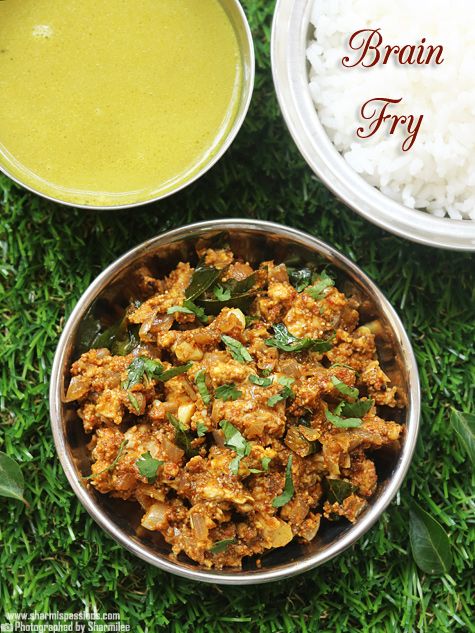Enjoy a Savory Vacation
Do u want to accompany me on a journey to the discovery of a road rich in flavor? It is stated that one must share the good fortune that one has received, and I want to do exactly that by bringing you to the practically gourmet location noted for its classic and superb food. Everyone should be familiar with Kerala by now; it’s a place known for its beautiful landscapes, rich cultural traditions, and delicious cuisine.
Dutch, Middle Eastern, Portuguese, English, Jewish, and Arab merchants have left their mark on the cuisine of Kerala. Kerala’s extensive repertory of culinary inventions, which have enchanted the palette and brought its cuisine to delectable new heights, is the result of the fusion of indigenous foods with foreign flavors.
Explore Kerala’s Enchanting & Magical Cuisine.
Spices, Thalasseri Biriyani, Nenthrakka chips, prathamans, pickles, hot karimeen pollichathu, and many more delicacies from Kerala’s kitchens are all works of art. One of the most talked-about dining experiences consists of the 24-course Sadya, which is offered during the Onam festivities and includes both vegetarian and non-vegetarian dishes. Coconut & coconut oil give every meal a distinctive taste.
Kerala, whose name means “land of coconuts,” is known for the abundance of coconut trees that can be found across the state. It would be unusual to find a cuisine in Kerala that did not include coconut in some way. Coconuts, which may be used to enhance the taste of any food, are a topic for another discussion. I venture to guess that no one visiting this paradise of riches will ever be hungry. But I’m getting off topic… I simply wanted to rave about a very unusual and wonderful meal that I just had the pleasure of devouring. Puttu is a meal from Kerala that is revered as “God’s own food” due to its simple ingredients (white rice powder and coconut). Puttu is traditionally served with a chickpea gravy, which is an untraditional topping. The red chilies, mustard seeds, and curry leaves in this coconut-based stew provide heat and scent. Puttu cooked with Matta rice, often known as red rice, is another delicious breakfast option.
Puttu, the Heavenly Mouth-Melting Delight
Let me remind you what I liked most about this peaceful and secluded backwater country, apart from being enveloped in an atmosphere of fragrant odors and hot food. The answer is Puttu. Puttu, a rice cake flavored with grated coconut and traditionally eaten for breakfast, is cooked in a cylindrical reed holder or a steel steamer. This meal is traditionally served with a coconut milk and spiced shallot and black chickpea stew, but it is equally delicious when served with ripe bananas & papadams. Since jackfruit is readily available, it is possible that this delicious fruit will be used in place of bananas in Puttu. This meal was so melt-in-your-mouth good, and the sweet black coffee paired with it really brought out the gourmand in me.
I am a passionate cook and a striving gourmet, so I just had to try my hand at making this well-known morning meal. For this reason, I asked a close friend for her family’s traditional recipe for Puttu so that I may relive the joy of eating it again.
Puttu is prepared in this way:
What you’ll need are:
Two cups of rice flour
Pachari (White Raw Rice) 1/2 kilogram Water 1/2 – 3/4 cup Grated Coconut 3/4 – 1 cup
Added salt
Method:
Allow the uncooked rice to soak for two hours. Take the water out and then let it dry out. Do this until you have a coarse powder. Put away.

Raw rice may be replaced with rice flour if desired.
To cook the rice in its coarse ground form, heat the pan for 5 minutes. Take care not to overcook the rice. Remove from heat and let cool.
Next, transfer the coarsely ground rice flour to a large bowl or other suitable receptacle and heat it through. Drop a few drops of water onto the flour. To prevent the flour from becoming pasty or lumpy, the water needs to be added gradually while mixing.
To the wet flour, add a pinch of salt, and knead lightly until the mixture resembles bread crumbs.
Get a Puttu Kutti and other suitable vessel (they sell these at stores). The similarities to an Idli is steamer are striking. There are two parts to it. The top portion is the puttu mold, while the bottom portion stores hot water. Each portion is divided by perforated plates.
Water should be added to the puttu maker’s reservoir. Bring to a simmer and make sure it’s nice and hot.
Now, use the puttu maker’s included perforated disc.
Insert the disc into the puttu machine. Verify that it rests securely and that it is not crooked.
Put shredded coconut into the puttu maker’s base.
Coarsely mixed rice flour should be added slowly, approximately 6 tablespoons at a time.
The procedure should be repeated, with the grated coconut & the roughly ground rice flour switching places each time.
Sprinkle some shredded coconut over the filling.
Cover the puttu mold with its cover and set it where it will fit into the perforated plate.
When steam begins to exit the container, reduce the heat to low and continue cooking for another five to six minutes.
The Puttu you ordered is ready.
Eat hot with papadams and a side of kadala curry, egg gravy, or green gram curry.
